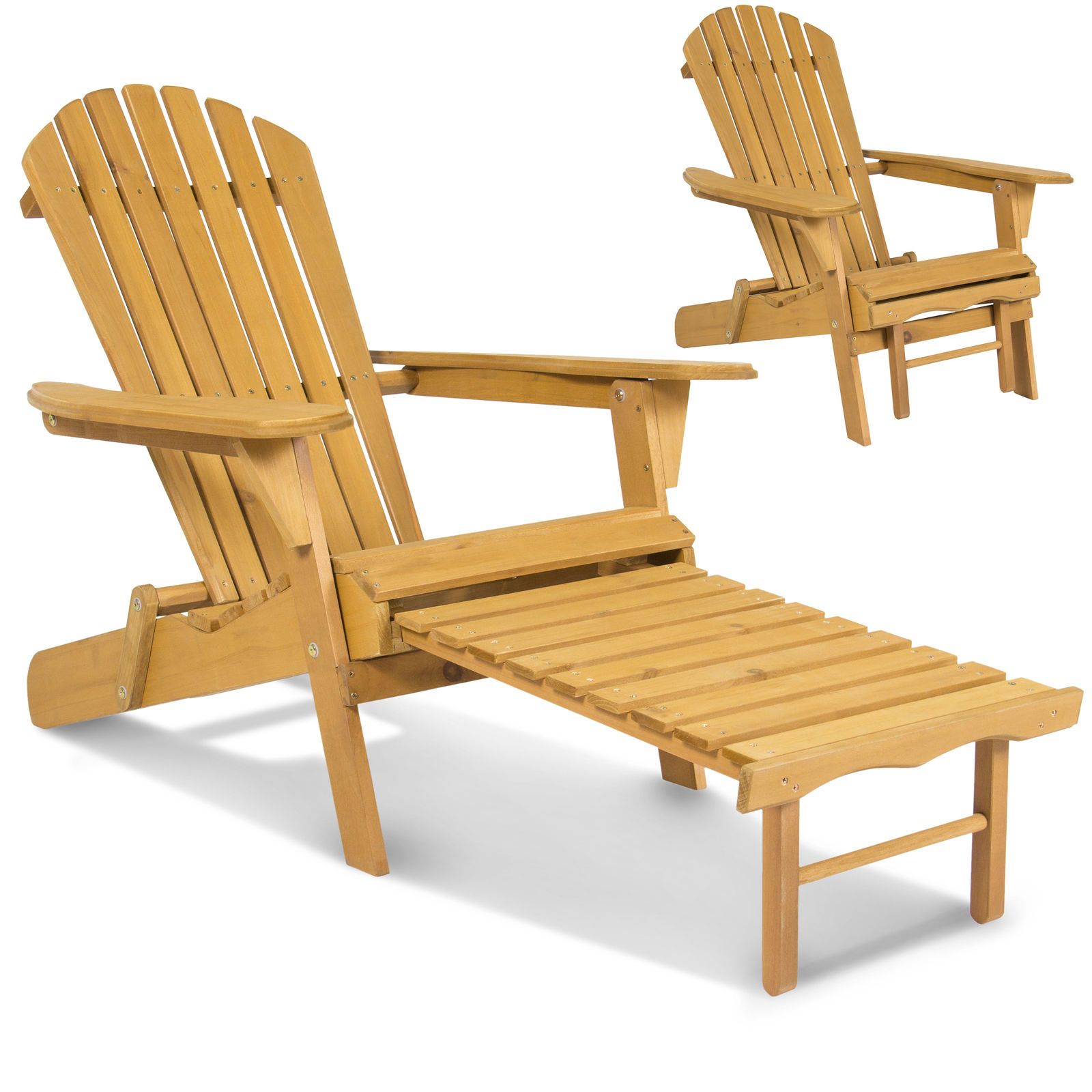Adirondack chairs, known for their comfort and timeless design, are a staple in outdoor furniture. Selecting the right wood for these chairs is crucial for durability, aesthetics, and maintenance. This article explores the top choices for constructing best wood for Adirondack chairs.
Teak: The Luxurious Choice
Teak is renowned for its exceptional durability and minimal maintenance needs. This tropical hardwood has natural oils that make it resistant to rot, pests, and weathering. Its beautiful golden-brown color weathers gracefully into a silver-gray patina, adding character to your outdoor space. Though teak is a more expensive option, its longevity and low upkeep make it a worthwhile investment for those who prefer luxury and ease.
Cedar: Lightweight and Weather-Resistant
Cedar, particularly Western Red Cedar, is another excellent choice. It’s lighter than teak, making it easier to move around. Cedar’s natural oils provide resistance to decay, insects, and moisture, making it suitable for wet climates. Its rich, warm tones fade into a charming gray if left untreated. Cedar’s softness allows for easy crafting but may require more maintenance to prevent surface wear.
Pine: Affordable and Customizable
Pine is a budget-friendly option for those looking to balance cost and quality. It’s easy to work with, making it ideal for DIY enthusiasts. Pine needs to be treated with a weather-resistant stain or paint, offering an opportunity for customization. However, it requires regular maintenance to protect against rot and insects.
Acacia: Durable and Sustainable
Acacia is a dense, durable hardwood with a striking grain pattern. It stands up well against the elements and is often used in boat building, indicative of its strength. Acacia is a sustainable choice, as it grows quickly and is widely available. Its natural beauty and strength make it a great middle-ground option between luxury and affordability.
Oak: Classic Strength
Oak, particularly White Oak, is a classic choice with a reputation for strength and durability. Its tight grain and high tannin content make it resistant to rot and insects. Oak chairs are heavy and robust, suitable for windy locations. They require regular maintenance and protection to preserve their appearance.
Conclusion
Choosing the right best wood for your Adirondack chair depends on your budget, maintenance willingness, and aesthetic preference. Teak offers luxury with minimal upkeep, cedar and acacia balance beauty with practicality, while pine provides affordability for the creative DIYer. Oak, with its classic appeal, offers enduring strength. Regardless of your choice, a well-made Adirondack chair can provide years of comfort and style in your outdoor living space.

